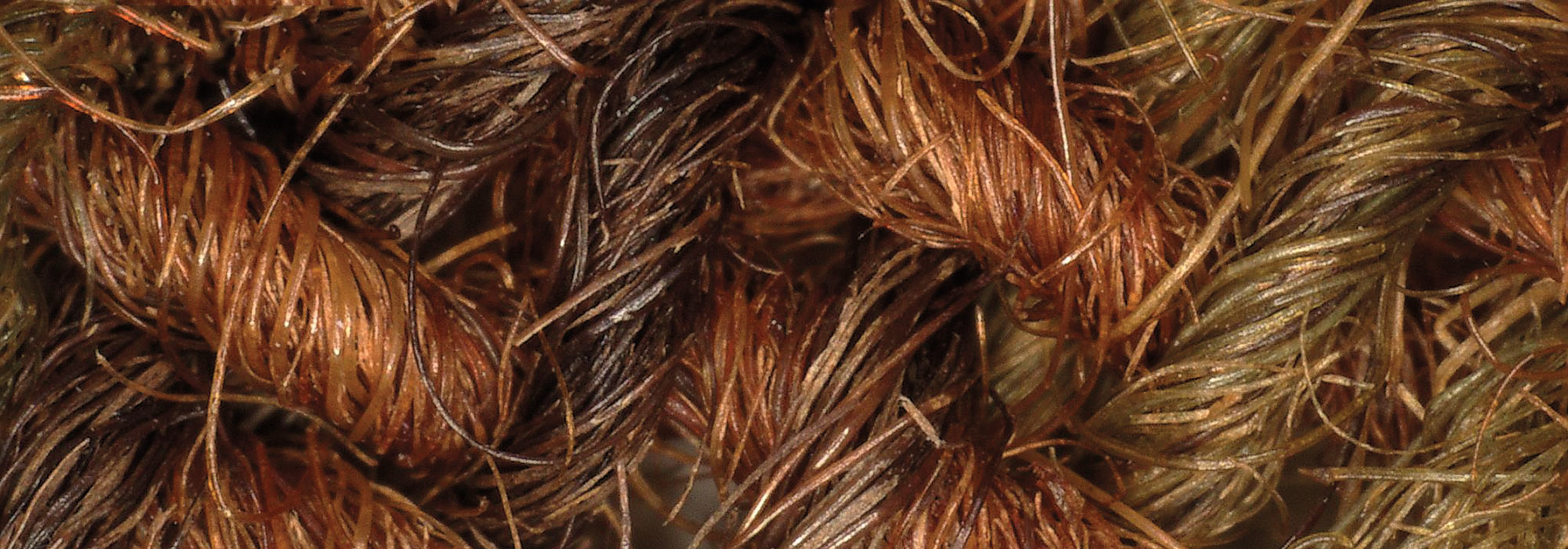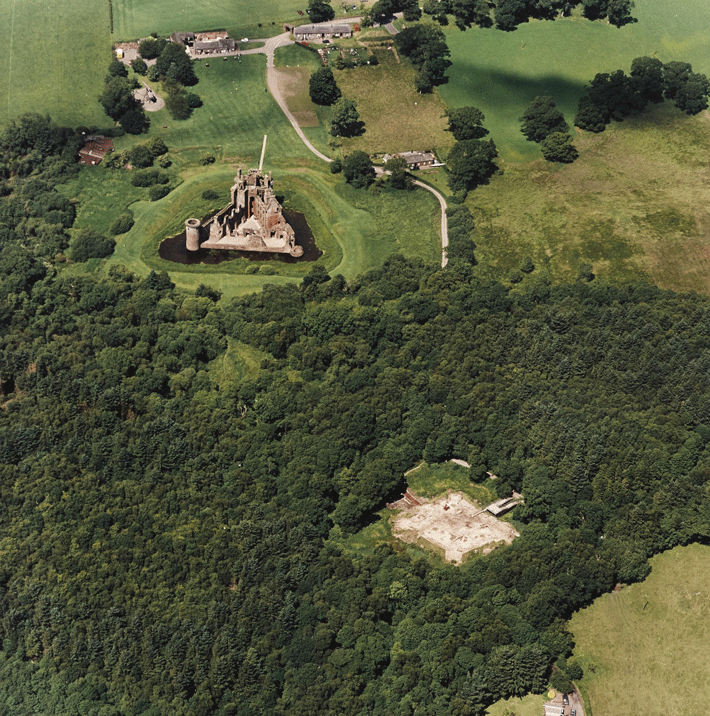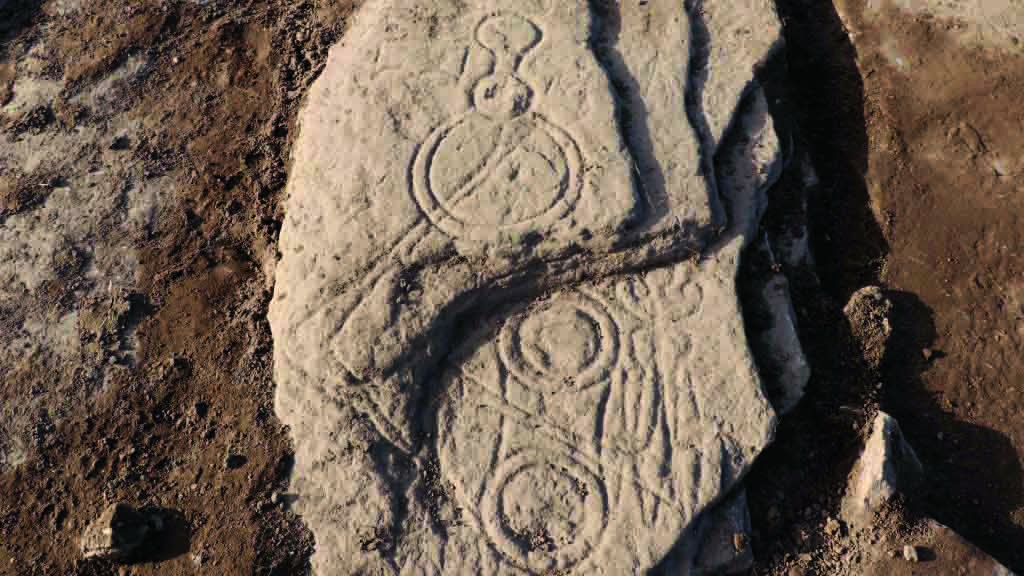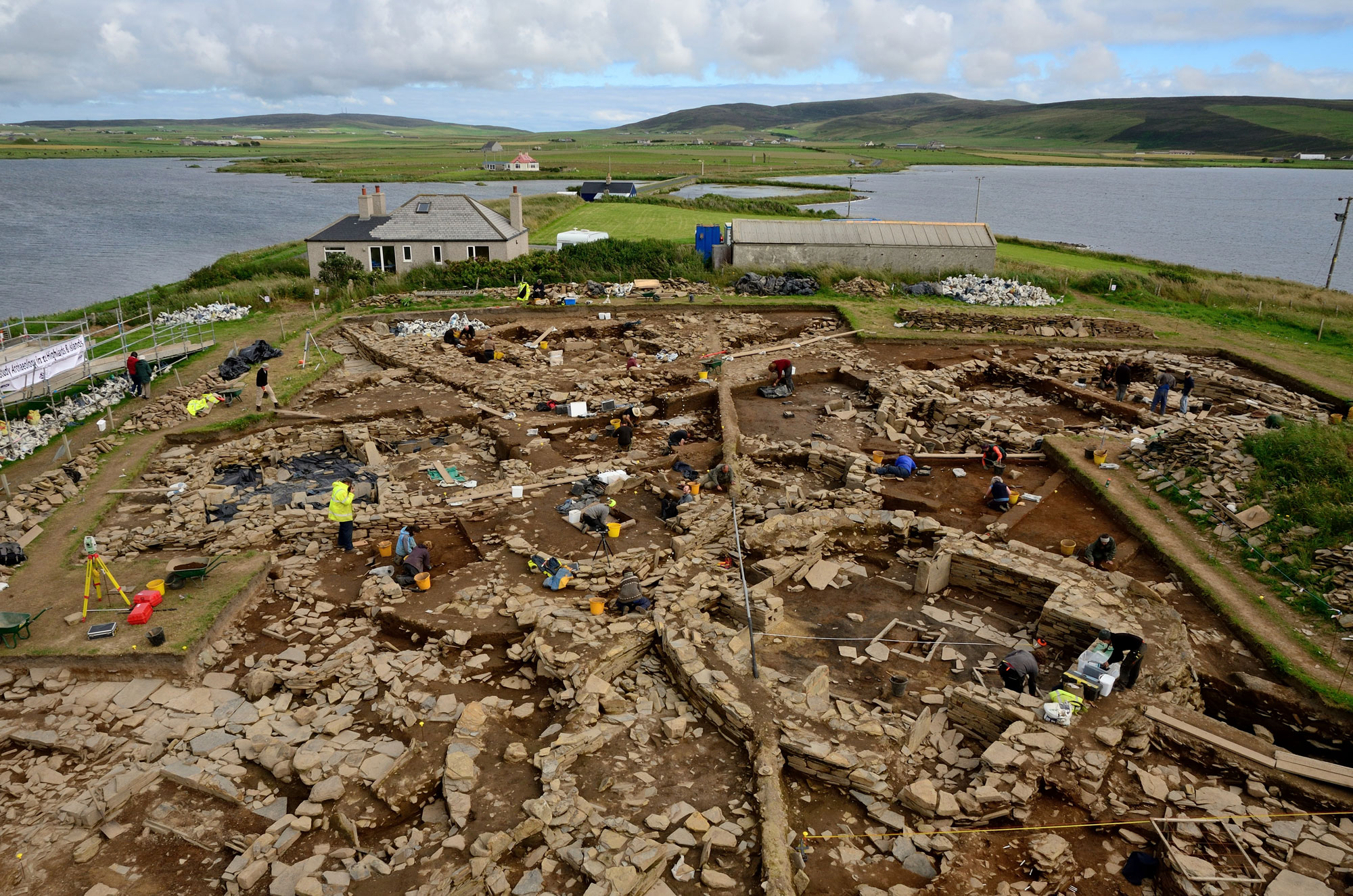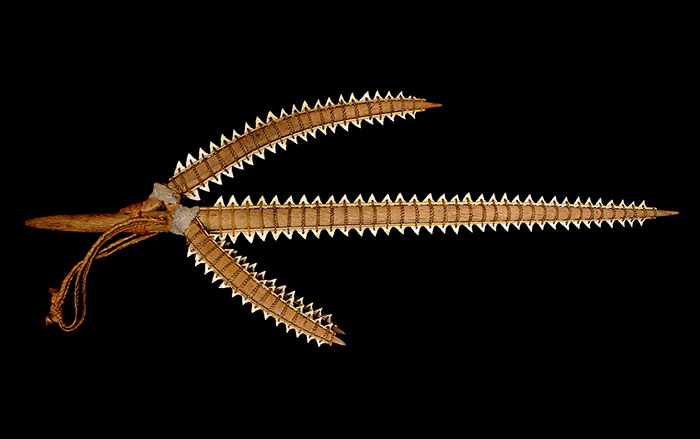Any discussion of archaeology in the year 2012 would be incomplete without mention of the much-talked-about end of the Maya Long Count calendar and the apocalyptic prophecies it has engendered. With that in mind, as 2013 approaches, the year’s biggest discovery may actually be that we’re all still here—at least that’s what the editors of Archaeology continue to bet on.
However, you won’t find that story on our Top 10 list. We steered clear of speculation and focused, instead, on singular finds—the stuff, if you will—the material that comes out of the earth and changes what we thought we knew about the past. Here you’ll see discoveries that range from a work of Europe’s earliest wall art to the revelation that Neanderthals, our closest relatives, selectively picked and ate medicinal plants, and from the unexpected discovery of a 20-foot Egyptian ceremonial boat to the excavation of stunning masks that decorate a Maya temple and tell us of a civilization’s relation to the cosmos.
Then there are the discoveries that just made us wonder. What drove someone to wrap their valuables in a cloth and hide them almost 2,000 years ago? And why were people in Bronze Age Scotland gathering bones and burying them in bogs?
The finds span the last 50,000 years and cover territories from the cradle of civilization to what is today one of the world’s most populous cities. These are a few of the discoveries that speak to us of both our record of ingenuity and our humanity. The enduring question is always: Were the people behind the evidence anything like us?
-
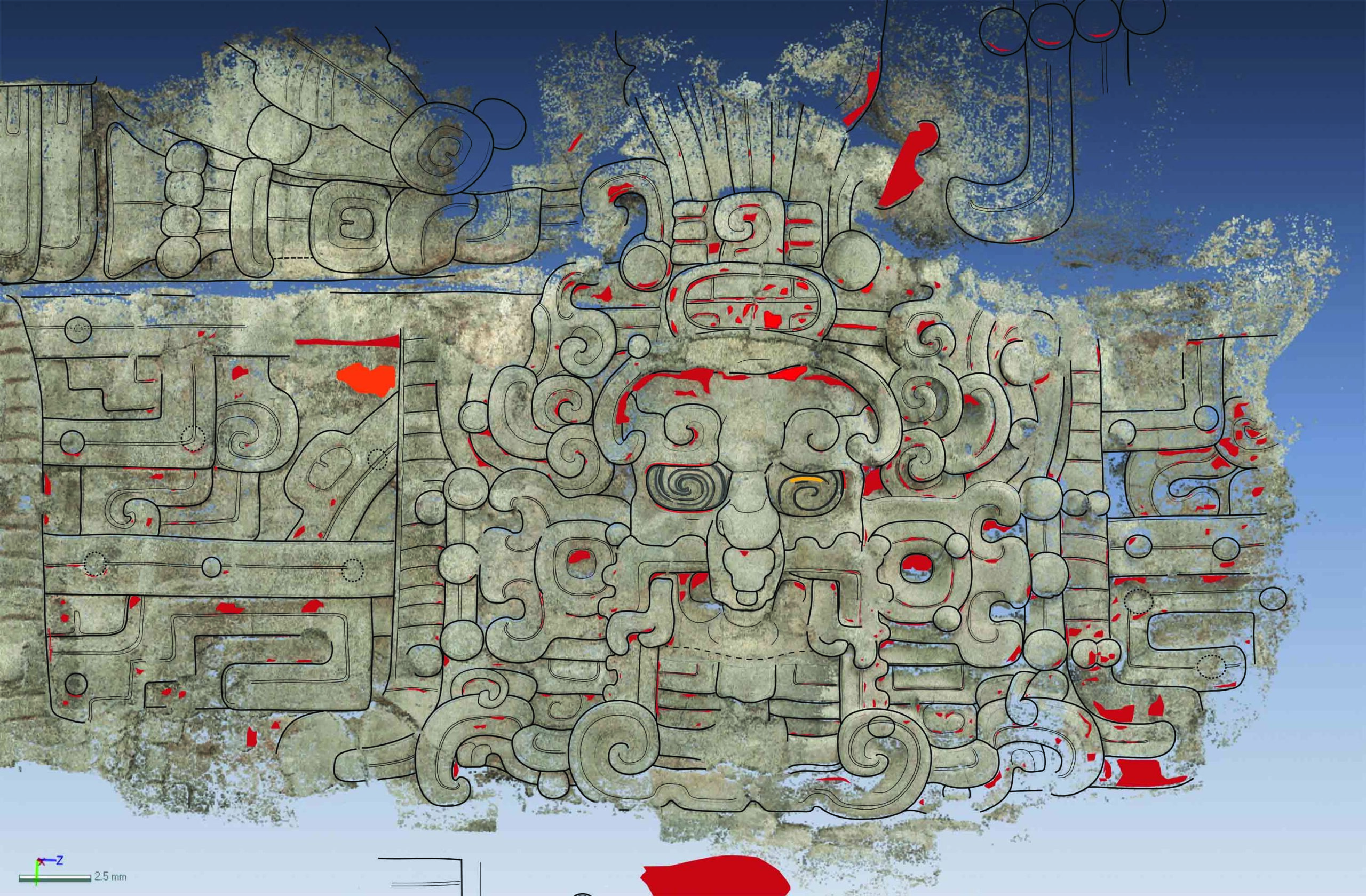 (Courtesy Stephen Houston, Brown University; Courtesy Edwin Román)
(Courtesy Stephen Houston, Brown University; Courtesy Edwin Román) -
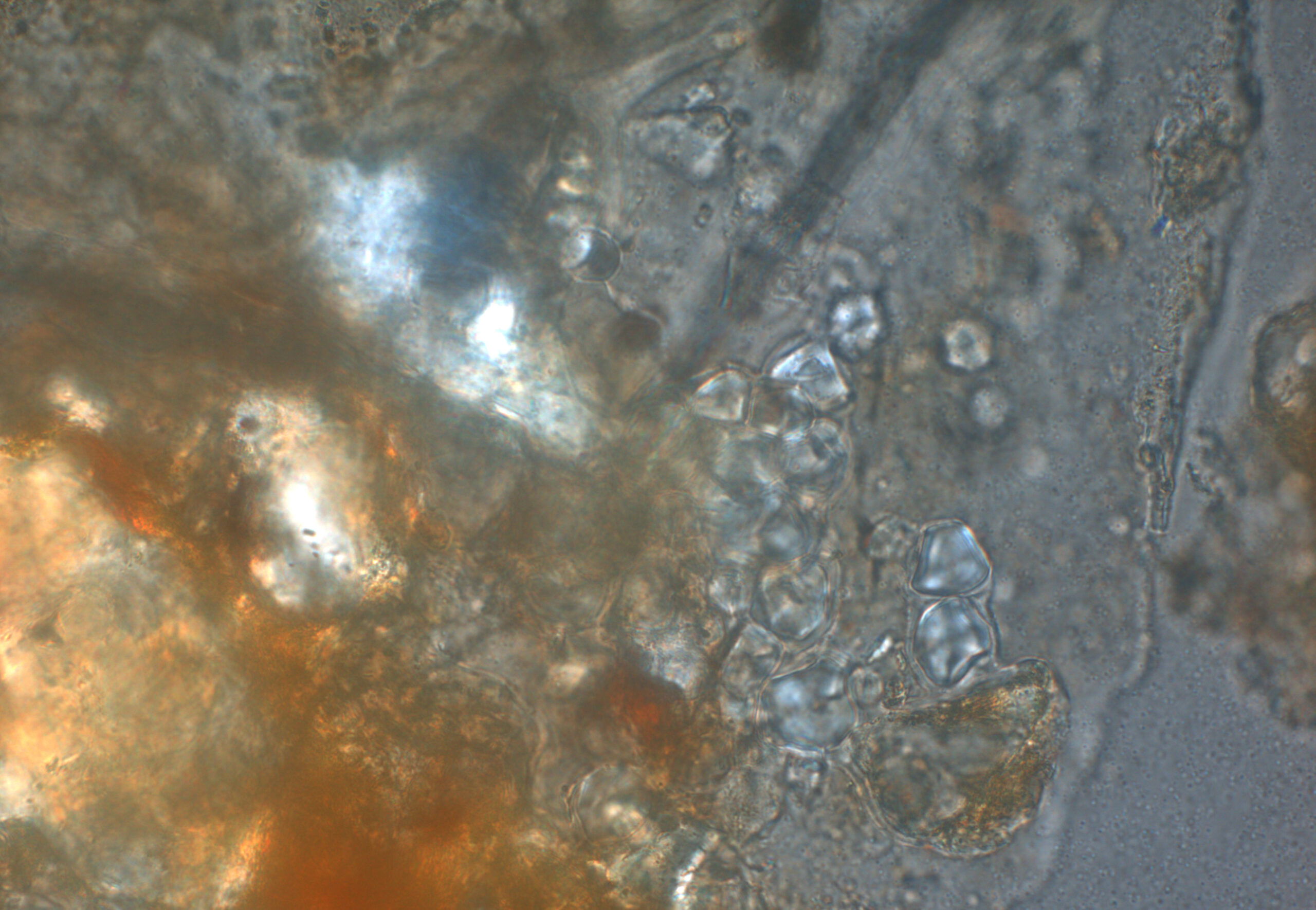 (Courtesy CSIC Comunicación)
(Courtesy CSIC Comunicación) -
Top 10 Discoveries of 2012 January/February 2013
First Use of Poison
Lebombo Mountains, KwaZulu-Natal, South Africa
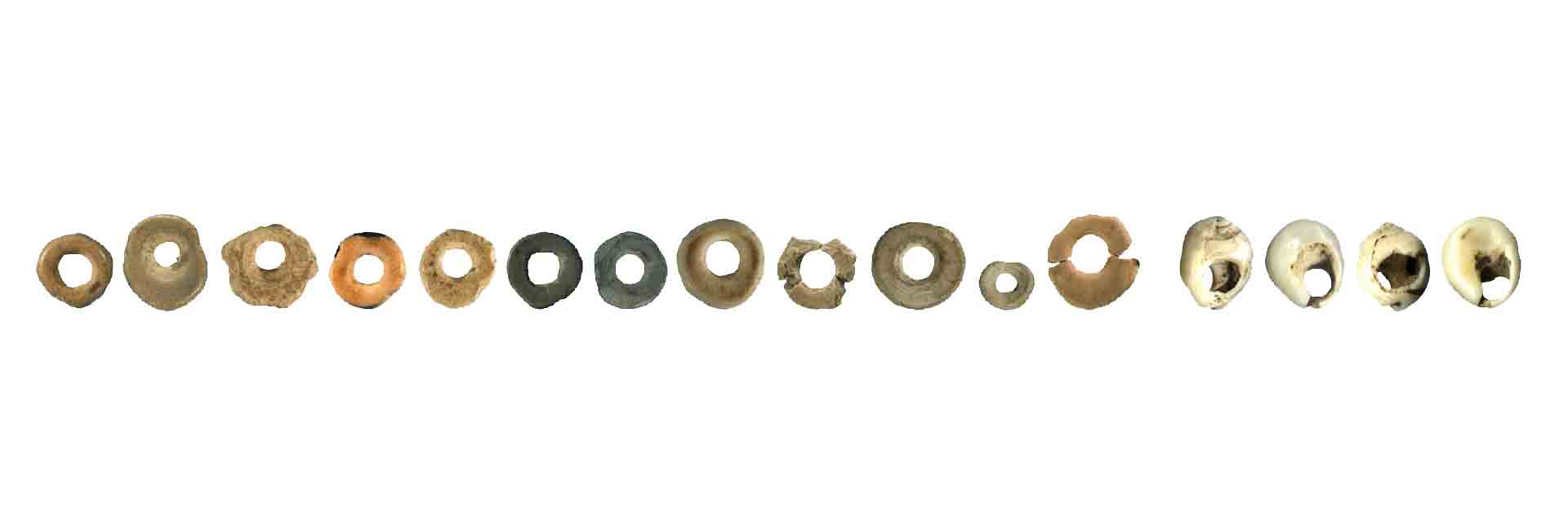 (Courtesy of Francesco d’Errico and Lucinda Backwell)
(Courtesy of Francesco d’Errico and Lucinda Backwell) -
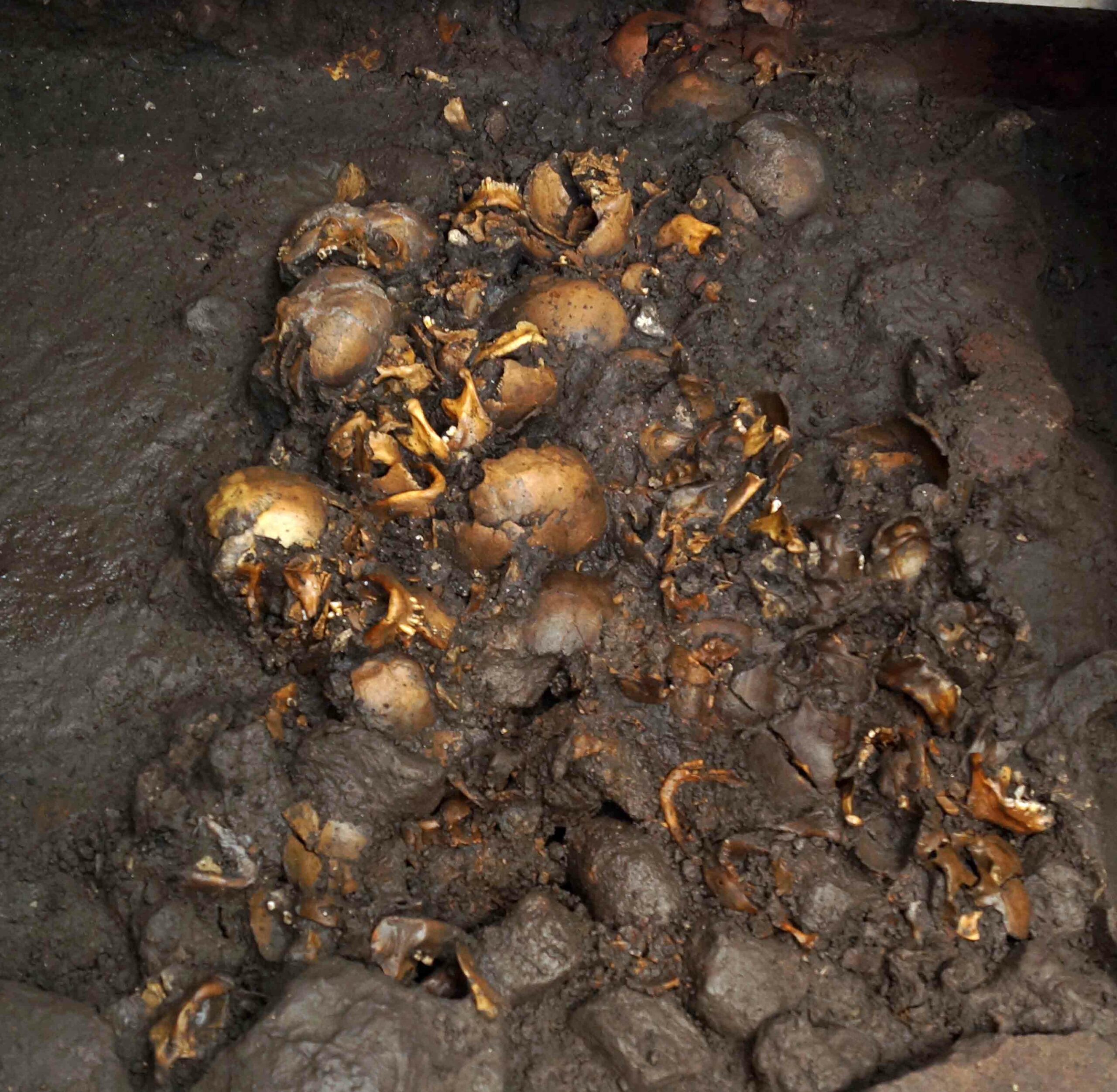 (Courtesy Melitón Tapia/INAH)
(Courtesy Melitón Tapia/INAH) -
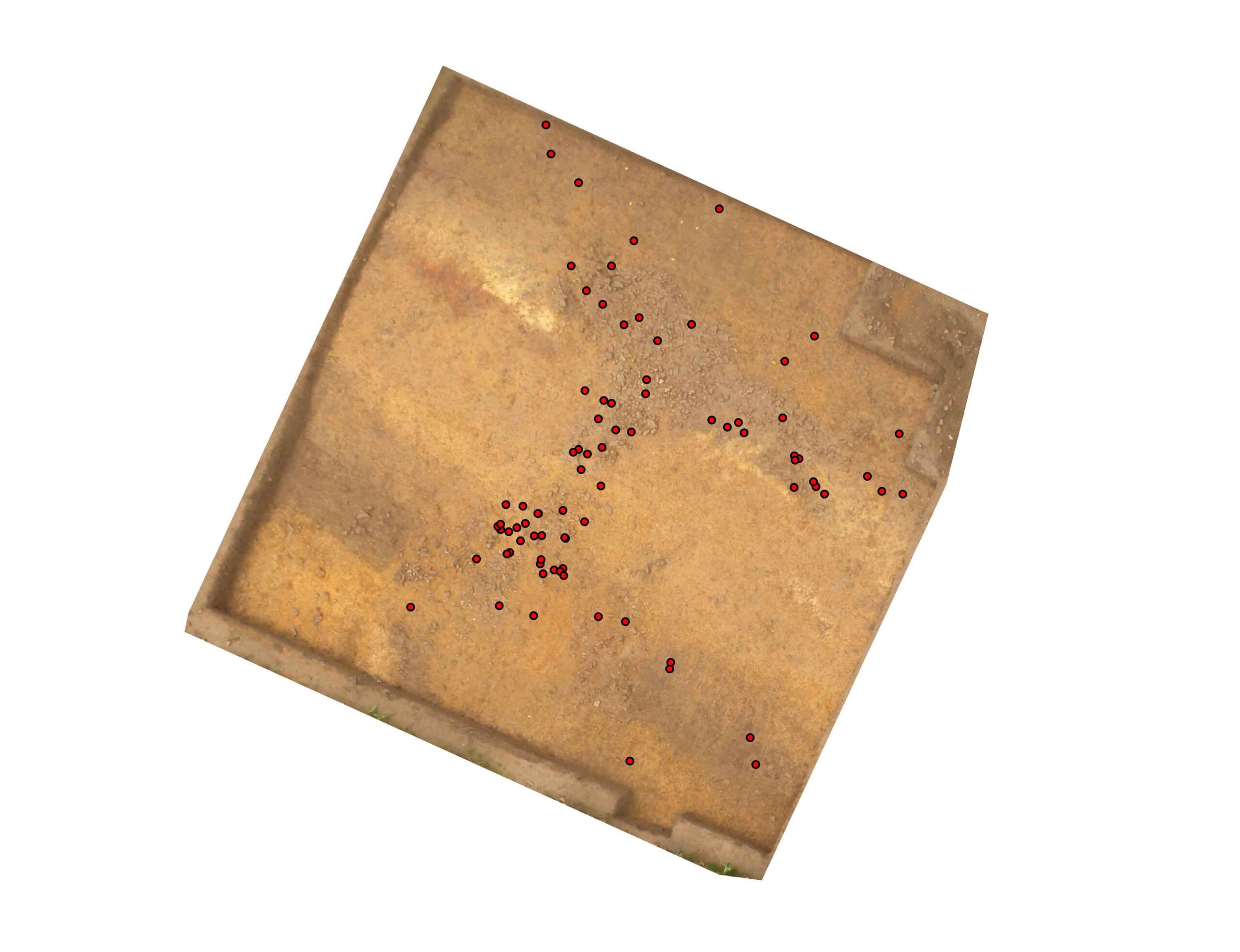 (Courtesy © Sabine Hornung, Arno Braun)
(Courtesy © Sabine Hornung, Arno Braun) -
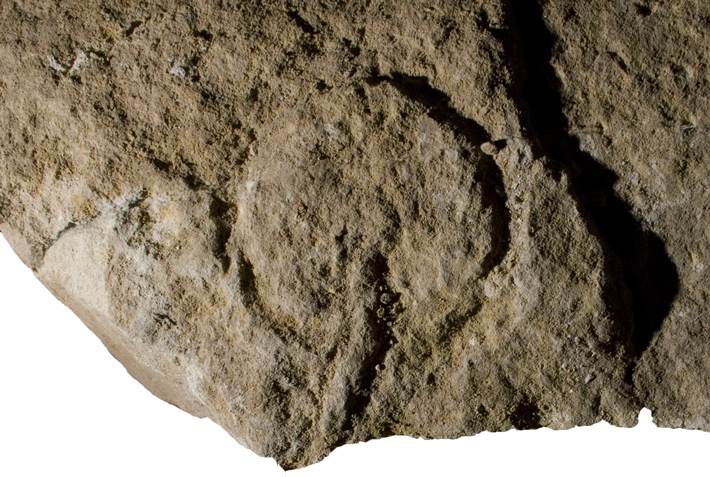 (Courtesy Raphaëlle Bourrillon)
(Courtesy Raphaëlle Bourrillon) -
 (Courtesy Science/AAAS)
(Courtesy Science/AAAS) -
Top 10 Discoveries of 2012 January/February 2013
Scottish “Frankenstein” Mummies
South Uist, Scotland
 (Courtesy Mike Parker Pearson)
(Courtesy Mike Parker Pearson) -
 (Courtesy Israel Antiquities Authority)
(Courtesy Israel Antiquities Authority) -
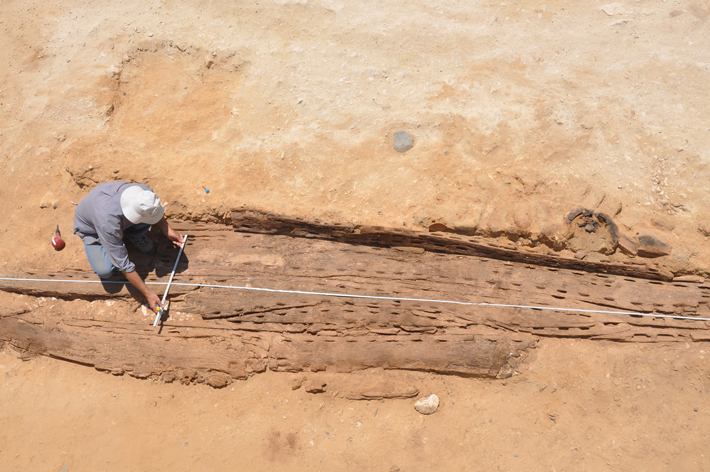 (Courtesy Egyptian Ministry of Antiquities)
(Courtesy Egyptian Ministry of Antiquities)


